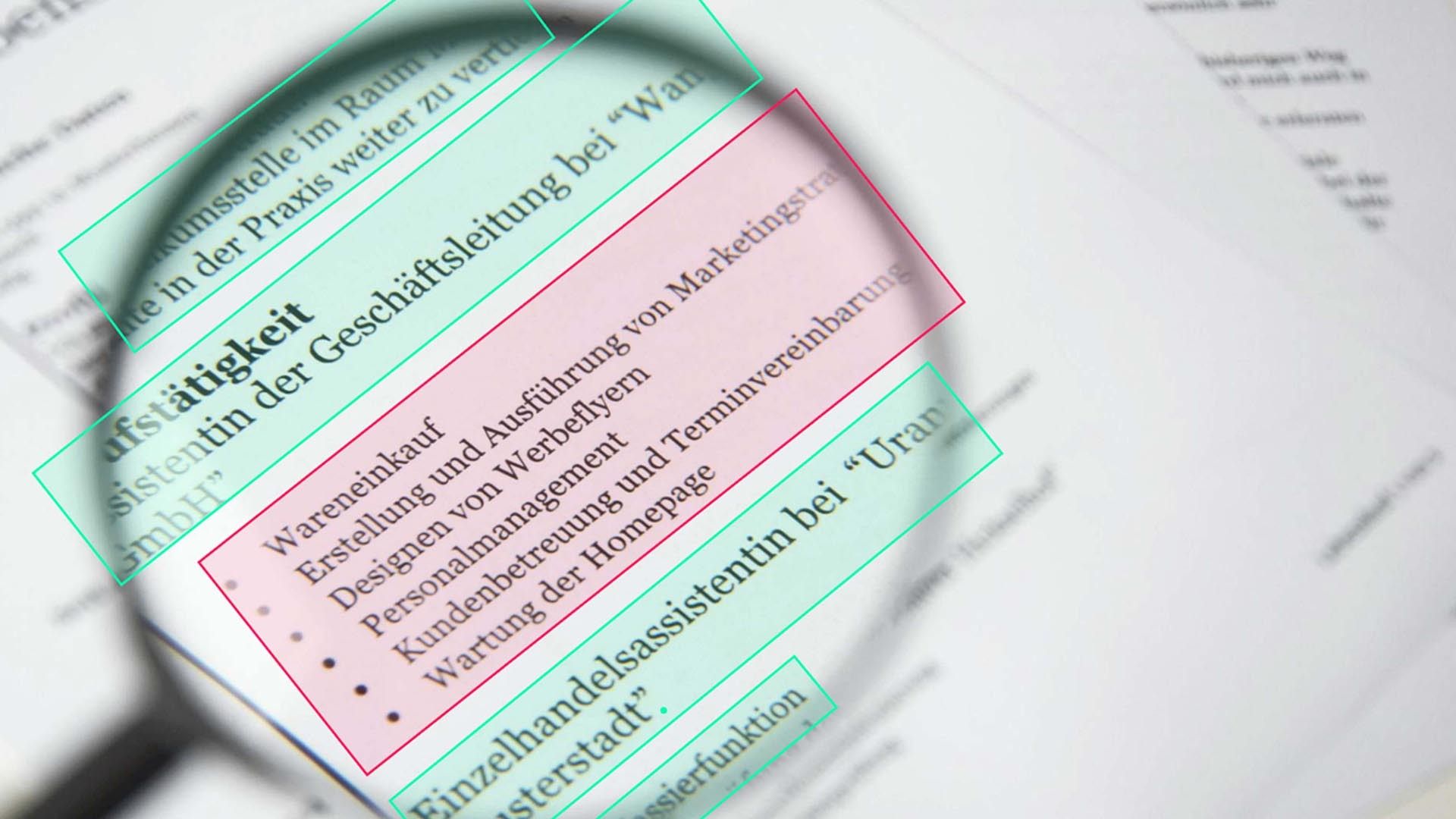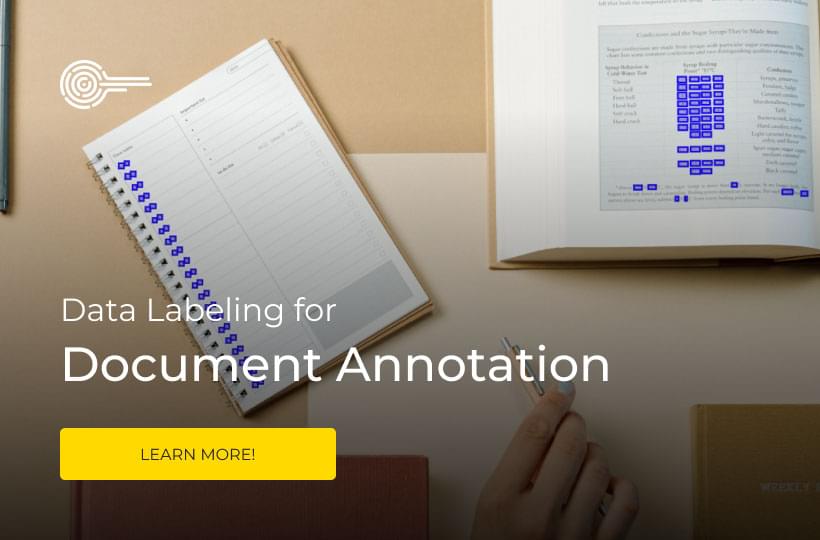Expert Guide to Annotating Text Data for NLP

In 2020, the Natural Language Processing (NLP) market exceeded $12 billion. This showed a big change in how we work with machines. The market is set to grow by 25% each year until 2025. Yet, around two-thirds of NLP systems can't handle real-world data's complexity. This happens because adding structure and meaning to raw text, through a process called text annotation, is a tough task. This step makes it easier for machine learning tools to truly understand our language.
When delving into NLP data annotation nuances, understanding the importance of text preprocessing is key. How you annotate the data affects your NLP project's success. Manual annotation is very precise but not fast. Automated annotation is great for speed. Semi-automated blends both, focusing on high-speed, accurate corporate projects.
Different annotation methods suit different tasks. Manual annotation is best for smaller, detailed datasets like those in healthcare. Automated annotation works well for fast, large social media studies. Then, semi-automated annotation finds a balance for precise, high-volume business projects. Each method plays a crucial role, showing text annotation isn't simple.
Key Takeaways
- Realizing the impact of high-quality NLP data labeling on the market's future is vital.
- Recognizing the failure risk of NLP systems without robust text preprocessing is crucial.
- Choosing the right annotation method, be it manual, automated, or semi-automated, is essential.
- Applying the correct method for each situation can boost accuracy and efficiency.
- Using semi-automated annotation can make labeling more accurate in big projects.
- Knowing industries have special needs highlights the importance of flexible annotation strategies.

The Imperative of Text Annotation in NLP Development
Our digital world is growing, leading to a big need for better NLP systems. This makes text annotation very important. It helps build the foundation for machine learning models. Now, it's key in making NLP and Computer Vision better. These tools let machines understand human languages more accurately.
Understanding Text Annotation and Its Role in Machine Learning
Text annotation is vital for machine learning. It's about carefully identifying and categorizing important parts of text. This helps learning algorithms see patterns and predict things better. Through NLP labeling, machines get better at understanding different contexts. This is crucial for tasks like voice recognition and making chatbots smart.
The Evolution from Editorial Practice to NLP Staple
Annotation of texts used to be for literature and academia. It was all about adding notes to written work. But now, it's a key practice for NLP, vital for advanced machine learning. This shows how language-based AI is becoming a big part of our tech-driven lives.
Contributions of Annotated Data to NLP Accuracy
Annotated data is gold for making NLP systems better. It makes tasks like sentiment analysis and part-of-speech tagging more accurate. This captures the richness of human language.
Better NLP models mean improved interactions and quicker automated responses. Think of chatbots and translation services that get things right the first time. This is all thanks to detailed text annotation and smart NLP labeling.
| Feature | Importance in NLP |
|---|---|
| Accuracy of Context | Ensures the correct interpretation of user inputs and queries. |
| Pattern Recognition | Helps in identifying recurring themes or common queries, enhancing service efficiency. |
| Speed of Processing | Reduces response time significantly, improving user experience. |
As AI and automation move forward, good text annotation in NLP is more and more vital. It's about making machines understand even better and quicker. With advanced tools and techniques, developers can make systems that are smarter and more helpful.
Annotating Text Data for NLP: Core Challenges and Solutions
Starting the journey to annotate text for natural language processing (NLP) brings many key challenges in annotating text for NLP. Dealing with a large amount of data is one big obstacle. It's crucial to annotate accurately and precisely to ensure the models are right.
Natural language has lots of vagueness and cultural subtleties. This makes the labeling task hard. Annotators need to not only be good with language but also understand different dialects and cultures. Knowing about specific subject areas is also important, which makes finding qualified annotators harder.
One of the main solutions is to create clear and detailed guidelines. These guidelines need to stay up to date with language changes and NLP project goals. To avoid biases, it's important to train annotators well and check their work often.
Keeping data safe, especially when it's sensitive, is very important. So, NLP annotation services must use strong measures to protect data. This is critical when giving annotation work to others, as it can lead to data threats. This mix of human and machine effort is vital. It helps in creating strong NLP models. These models can understand language deeply and work well.
Unveiling Popular Text Annotation Techniques
In the world of natural language processing (NLP), how we mark up text is really important. It helps make machine learning models better. These methods come in different types to meet different needs.
Exploring Manual, Automated, and Semi-Automated Approaches
Manual annotation is when people carefully label text by hand. It's very accurate but slow. Automated annotation, on the other hand, speeds things up using specialized tools. It's good for big projects but might not be as precise with tricky text. Prodigy and similar tools mix both methods, aiming for a balance. They use both human eyes and fast tech to annotate smarter, especially with medium-sized or complex projects.
Pros and Cons of Various Annotation Methods
Each method for labeling text has its pluses and minuses. Manual annotation is super accurate, perfect for detailed work. But, it's tough to use for big tasks that need to be done fast. Automated annotation is quick and saves money. It's best for lots of data but might miss some of the finer details. Semi-automated methods, however, offer a blend. They make workflows smoother, allowing people to focus on trickier parts of the data.
Aligning Techniques with Project Requirements
To pick the best method, think about the project's size and needs. Small NLP projects focused on details might like doing things by hand. For big projects where speed is key, going full automated can be a good choice. The right method fits the project's data size, the complexity of the text, and how quickly it needs to be done. This helps use time and resources well.
Choosing the best way to mark up text makes a big difference. It helps NLP models work better and find more useful info. The right mix of manual, automated, and semi-automated methods can really boost data processing. This leads to better outcomes in NLP work.

Step-by-Step Guide: Annotating Your First Text Dataset
Starting your first text annotation project can be daunting. With the right tools and methods, it gets easier. I'll guide you through annotating your first text dataset. You'll learn how to use text data preprocessing and top platforms.
Establishing a Streamlined Annotation Workflow
The first step is to set up a clear annotation plan. You should define who does what, pick the best tools, and set a timeline. Make sure to use tools for easy project management and keep everyone updated.
Text Preprocessing Essentials for Effective Labeling
Before you start annotating, you must get your text data ready. This means cleaning up, getting rid of what you don't need, and making it all look the same. You'll use things like tokenization to get the text ready for labeling.
Advancing from Data Collection to Final Annotations
When your text is preprocessed, it's time to label it. This turns raw text into something structured, fitting your NLP goals. Annotation platforms help by giving you tools to tag text, spot key info, and more. Then, you check and improve your work to get the best results.
Here’s a quick checklist to help you navigate through the phases of text annotation:
- Collect comprehensive datasets relevant to your project’s focus.
- Utilize text data preprocessing tools to clean and prepare your data.
- Leverage user-friendly text annotation platforms to label your dataset efficiently.
- Regularly review and adjust the annotations in response to feedback.
- Maintain privacy standards and secure data handling throughout the process.
With these steps, you'll be ready to tackle your first text annotation. This sets you up for success with NLP projects.
Human-in-the-Loop: Integrating Human Expertise with AI
The HITL approach brings together human know-how with AI to improve text annotation in NLP. It works well where understanding subtle language details is tough for AI alone. In this approach, AI starts by labeling data. Then, humans check and make these labels better. This step makes sure the labels are not only right but also fit the context well. It overcomes why many NLP systems struggle after launch.
Humans checking the machines' work means annotations are top-notch. This is key. It makes AI better in fields like healthcare or legal matters, where being exact is a must.
Addtionally, the HITL method doesn’t just boost correctness. It also ramps up how much data can be handled, without losing quality or speed. AI does the first big pass, then humans refine it closely.
| Annotation Type | Advantages | Optimal Use Cases |
|---|---|---|
| Manual | High accuracy, deep context understanding | Small datasets, complex texts, specialized applications |
| Automated | Fast, cost-effective, large data handling | Large-scale projects, social media analysis |
| Semi-automated (HITL) | Balances speed and accuracy, adaptable | Corporate feedback, large volume accuracy-critical projects |
If organizations work with tagging experts and choose the right AI tools, they can make data labeling even better. Through this smart mix under the HITL approach, NLP models get trained well. They can do their best in the real world.
Assessing the Impact of Text Annotation on Domain-Specific NLP Applications
Text annotation plays a crucial part in making AI work better for specific fields like healthcare, finance, or the government. It perfects the AI's understanding by using accurate, field-specific language. Quality annotations lead to more precise AI decisions.
In healthcare, detailed annotations help AI understand medical records properly. In finance, these annotations help spot fraud or provide tailored services. Precise text annotation boosts how well AI performs in its assigned tasks and builds trust.
Domain-specific text annotations require tailored techniques and a deep understanding of the respective fields.
- Healthcare: Higher accuracy in processing patient records.
- Finance: Enhanced ability for fraud detection and risk assessment.
- Government: Improved public service management through sentiment analysis of public opinions.
NLP annotation services are crucial for keeping AI up to date. They must continually adapt to the changes in different sectors. Regular updates in the data training include the latest terms and uses, keeping the AI effective.
Fulfilling the Demand for Text Annotation Tools
When diving into Natural Language Processing (NLP), the need for text annotation tools is clear. These tools are crucial for training accurate machine learning models. Developers and researchers rely on them to build top-notch automated systems.
The digital world is full of vast amounts of text data. So, text annotation platforms must be powerful. They are designed to handle complex NLP tasks with a mix of powerful features and user-friendliness.
Text annotation tools are known for their ability to scale. They can process huge amounts of data efficiently. Plus, they work with AI models, making annotations faster and helping predict what's next.
An Overview of Text Annotation Platforms: Features and Functionalities
The world of text annotation platforms is vast, with each one bringing unique tools. These tools help get data ready for NLP tasks by offering sophisticated OCR tools. They're perfect for dealing with text in many languages and making the labeling process smooth.
Distinguishing between Native Text and OCR Based Annotation
There's a key difference between native digital text and OCR annotation. Native text is already in a digital format and is clean, needing less work upfront. OCR annotation, however, is critical for turning scans into digital text. This is vital in law, academia, and archives where texts aren't originally digital.
Customizing Tools for Multilingual Annotations
NLP advancements have made supporting multiple languages a must for annotation platforms. These tools can handle many languages, helping develop strong NLP models. They offer customization for each language. This boosts accuracy in annotations and improves the model's results.
Understanding Interface Design for Optimized Annotator Efficiency
The design of an annotation platform's interface greatly impacts the work of annotators. A good design speeds up the labeling process and increases accuracy. Tools like regex propagation and text formatting options help annotators handle complex texts better.
| Feature | Function | Benefit |
|---|---|---|
| OCR Based Annotation | Converts scanned documents into editable text | Facilitates data extraction from physical sources |
| Multilingual Support | Supports labeling in various languages | Enhances model performance across different linguistics backgrounds |
| Interface Customization | Customizable viewing options and tools | Improves annotator's efficiency and data accuracy |
| Regex Propagation | Automatically tags identical tokens | Speeds up the annotation process, maintaining consistency |
The Future Trajectory of Text Data Annotation in NLP
Looking ahead into the future of text annotation, we see key changes. These shifts will change how we annotate data in Natural Language Processing (NLP). We will see a big jump in automated text annotation. This method makes the process faster and more accurate, needing less human help. It's all thanks to new AI and machine learning tech. They get better at handling complex jobs.
The move to more automation doesn't make human input less important. Instead, it uses human skills at critical points for better results. This mix of human and AI effort is set to grow. It will help many industries use tons of text data more effectively.
Recent figures show that the market for data annotation services is growing fast. It's reached a value of USD 15.2 Billion in 2023. Experts predict it will keep growing by 33.2% annually until 2027. This growth shows how important precisely annotated data is. It's crucial for making businesses better in many sectors, including healthcare, automotive, and retail.
In healthcare, text annotation helps improve patient care. It does this by analyzing medical texts to aid in diagnoses and treatments. The auto industry uses these annotations to refine autonomous driving tech. So, these precise annotations have wide-reaching benefit.
Summary
Despite being complex, annotating text brings much-needed accuracy to NLP systems. Around two-thirds of NLP projects face difficulties after setup. Both manual and automated annotations play an important role, with big projects often favoring automated help. You've learned what it takes to prepare data for various tasks in NLP.
Quality in annotation starts with collecting good data and setting clear guidelines. It's crucial for privacy and safety. Skilled annotation services are in high demand with the growth of AI. Keep following the right steps, and you can make a big difference in the world of NLP. Thanks to your efforts, NLP technologies can make more improvements, better serving different industries.
FAQ
What is annotating text data for NLP?
Tagging text with labels helps machines understand human language better. It's key for analyzing feelings, finding names, and understanding words' types in many apps.
How does text annotation contribute to NLP accuracy?
Annotating texts brings context and meaning to plain text. This is vital for making sure NLP systems are accurate and reliable. By marking key points and sorting text parts, it helps computers learn patterns better.
What are the main challenges in annotating text data for NLP?
Big datasets and staying consistent with labels can be tough. Ambiguity in human language, diverse cultures and languages, and needing special knowledge also add to the challenge. To tackle this, clear guidelines, skilled people, and careful checks are used.
What are the different text annotation techniques?
There's manual, automatic, and semi-automatic annotation. Manual is detailed but slow. Automatic is quick but less reliable with complex text. Semi-automatic mixes both for a better balance.
What steps are involved in annotating a text dataset?
First, gather the text and prepare it. Then set clear rules, pick your team, and plan how to work. Keep an eye on quality and make sure to protect data privacy.
What is the Human-in-the-Loop approach in text annotation?
This method teams up AI technology with human experts. Machines start the annotations, which people then improve and check. This boosts the data’s quality for training NLP models more accurately.
How does text annotation affect domain-specific NLP applications?
For fields like healthcare or law, precise annotations are crucial. They help NLP apps understand specialized terms. This is key for these apps to work well and be useful.
What should you look for in text annotation tools?
An ideal tool supports many annotation types and is easy to use, grows with you, and boosts efficiency with smart features. It should also work well with AI models to improve how you annotate.
How can one customize text annotation tools for different project needs?
Customizing means adjusting for multiple languages, making the interface efficient, and picking features that match the project. This could include working with scanned texts or different document types.
What is the future of text data annotation in NLP?
Automation and AI will likely make text annotation more advanced. This could keep data quality high as we handle more and complex text data.
How do you choose the right NLP annotation service?
Look for a service with great tech skills, deep knowledge in your field, and a proven track record. A joint effort and accurately labeled data are crucial for top-notch NLP apps.
What importance does collaborative text annotation hold?
Working together brings varied insights and skills to make datasets better. A close collaboration between AI experts and annotators leads to more precise and deeper data, boosting NLP's performance.




